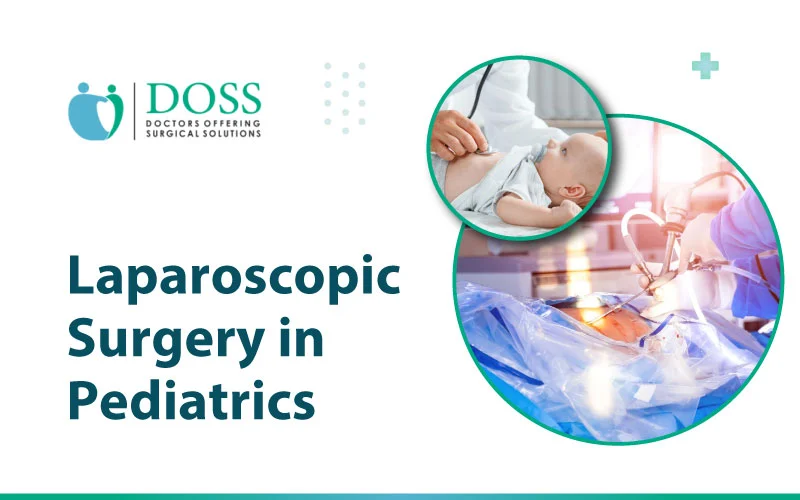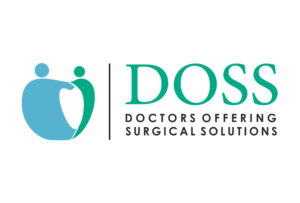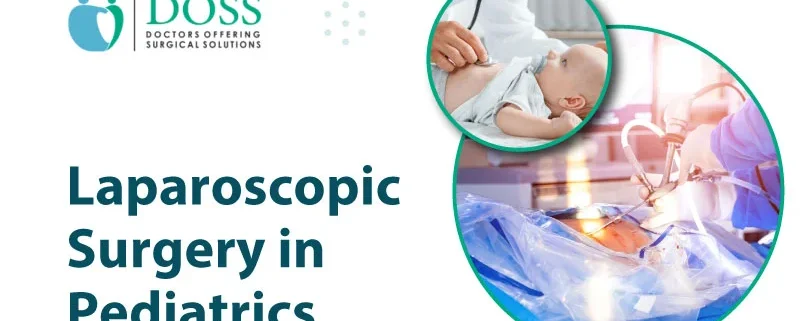Laparoscopic Surgery for Pediatric Patients: Advantages and Considerations
Blog
The medical landscape is no stranger to evolution. With each passing year, new technologies and techniques emerge, enhancing our ability to treat patients effectively. One such advancement that has notably revolutionized pediatric care is laparoscopic surgery.
Laparoscopic or ‘keyhole’ surgery is a minimally invasive procedure that uses small incisions and a camera to perform operations. This technique, which was initially adopted for adult patients, is now increasingly being utilized in pediatric cases across the globe, and India is not far behind.
Let’s discuss the world of pediatric laparoscopic surgery, exploring its advantages, the critical considerations involved, a comparative analysis with traditional open surgery, and future trends in this field.
Advantages of Laparoscopic Surgery in Pediatric Patients
- Minimally Invasive Nature
Perhaps the most significant advantage of laparoscopic surgery is its minimally invasive nature. Unlike traditional procedures that require large incisions, laparoscopic surgery involves making small incisions, reducing tissue trauma significantly.
This approach results in less scarring and minimized postoperative pain, allowing children to recover much faster. This easing of physical discomfort can also alleviate the emotional stress often experienced by young patients and their parents during the recovery period.
- Improved Visualization
The advent of high-definition cameras in laparoscopic procedures has been a game-changer. These cameras offer surgeons an enhanced view of the internal organs.
This improved visualization allows for greater precision during surgery, a factor that is particularly crucial when dealing with the delicate anatomy of children. It also reduces the risk of damage to adjacent structures, further contributing to improved patient outcomes.
- Shorter Recovery Times
Children are known for their resilience and their ability to bounce back quickly. This trait is particularly evident in children who undergo laparoscopic surgery.
The recovery times are often much shorter than those associated with traditional open surgery. This swift return to normal routines brings relief not only to the child but also significantly reduces the emotional and financial stress on the family.
- Reduced Hospital Stay
Laparoscopic procedures often result in a shorter hospital stay. This reduced length of stay translates into cost savings for the family and allows hospitals to optimize resources more effectively. It also minimizes the child’s exposure to hospital-associated infections, contributing to their overall wellbeing.
Considerations for Laparoscopic Surgery in Pediatric Patients
- Patient Selection
Despite the numerous advantages of laparoscopic surgery, it is not suitable for all patients or conditions. Patient selection is a critical aspect of any surgical procedure, and laparoscopic surgery is no exception.
The child’s overall health status, the nature of their condition, and their anatomical factors are among the various elements considered when determining the most suitable surgical approach.
- Equipment and Technique Adaptations
The success of laparoscopic surgery in children is heavily dependent on specialized instruments designed for pediatric use. These tools are smaller and more delicate, accommodating the smaller size and unique anatomy of children.
Surgeons need to be well-versed in using these instruments and adapting their techniques accordingly. Proper training and experience are crucial in this regard to ensure the child’s safety and comfort throughout the procedure.
- Potential Complications
Like any surgical procedure, laparoscopic surgery carries potential risks and complications. These could range from minor issues like wound infection to more serious ones such as damage to internal organs or anesthetic complications. While these risks are relatively low, they need to be considered and discussed with the parents before the procedure.
Comparative Analysis: Laparoscopic vs. Open Surgery in Pediatrics
- Outcomes and Efficacy
Numerous studies have shown that laparoscopic procedures often yield better results compared to open surgeries. These studies point to fewer postoperative complications, less pain and discomfort, improved cosmetic outcomes due to smaller scars, and improved long-term health outcomes.
- Parent and Patient Perspectives
The patient’s and parent’s perspectives are crucial in pediatric care. From a psychological standpoint, both parents and children often report higher satisfaction levels with laparoscopic procedures.
This increased satisfaction stems from factors like less visible scarring, shorter recovery times, and less postoperative pain and discomfort.
Future Trends and Innovations
The field of pediatric laparoscopic surgery is not static. Ongoing research is continually unveiling new technologies and techniques that promise to further enhance patient outcomes.
Robotics is one such area that holds immense potential. Robotic-assisted laparoscopic surgery can provide even greater precision and control, potentially further reducing the risks associated with surgery.
Conclusion
Laparoscopic surgery has indeed ushered in a new era in pediatric surgical care. With its numerous advantages over traditional open surgery, it’s no surprise that more and more surgeons are embracing this technique. However, as with any medical procedure, it’s essential for parents to engage in informed discussions with their child’s surgeon to understand the best course of action.
At Doss India, we’re committed to providing the best possible care for your child. Our team of experienced surgeons, equipped with the latest technology, is dedicated to ensuring your child’s wellbeing. We believe in transparent communication and will take the time to discuss all available options, helping you make an informed decision for your child’s health.


 +919011100010
+919011100010 


